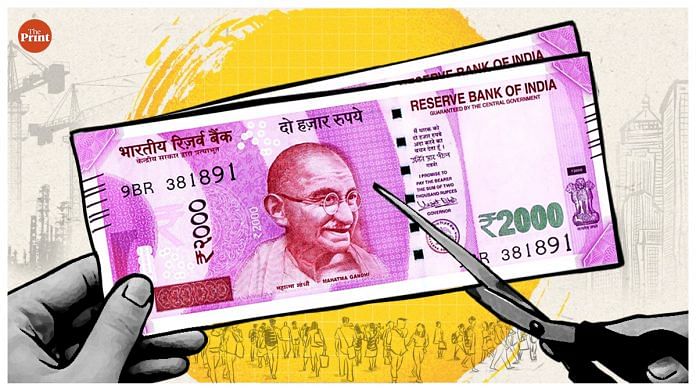Come January and it’s time to focus on the Union Budget. As in everything else, it is important to shut out the noise on inconsequential details and concentrate on what really matters. Start with government debt, which has climbed steeply on account of large deficits run up as a response to the pandemic. The spending in the midst of revenue loss was unavoidable, and was relatively moderate; still, the after-effects stay with us. Government debt (Centre and the states) is approaching 90 per cent of GDP. That compares with under 70 per cent before the pandemic, and the desirable level of 60 per cent.
The consequence is a rising interest burden, which pre-pandemic accounted for 34.8 per cent of government receipts (without counting fresh borrowing). That figure was more or less unchanged from a decade back: 34.6 per cent in 2011-12. But for the current year, the Budget estimate puts the share of interest at 40.9 per cent. If the ratio had remained at 34.8 per cent, the government would have saved Rs 1.2 lakh crore — or spent it on programmes. If interest rates climb, as they are likely to, the bill will get even bigger. This is a heavy price tag to carry into the future, and will constrict other expenditures.
Besides, growing economies usually have a higher share of GDP going to the government as tax revenue — to fund health, education, and welfare programmes, plus infrastructure and defence. In India’s case, Central gross tax revenue collection has remained virtually unchanged as a share of GDP: 10.2 per cent 10 years ago, and 9.9 per cent budgeted for this year. That second number may be revised upward, since tax collections have been doing well, but the long-term stagnation in the tax-GDP ratio accounts in part for India’s under-spending on health and education, and on defence.
The first thing this should tell you is that those long lists in Budget speeches that dwell on big increases in outlays for government programmes are just a play with smoke and mirrors. If revenue and total expenditure have not gone up in relation to GDP, and if some programmes are getting more money, it is obvious that others are getting less.
Also read: Yes, 2021 is behind us, but there were good times to cheer, celebrate even in the bad times
One reason for revenue stagnation in recent years is goods and services tax (GST). The optimistic commentary about bigger GST revenues this year ignores the fact that the boost is primarily on account of surging imports (up a stunning 70 per cent till December). The fact is that this major tax reform has not delivered the promised revenue surge, or GDP boost. The reasons are well known but corrective action has been slow.
The other explanation for flagging revenue is corporation tax. While GDP at current prices has grown 160 per cent in the last decade, revenue from corporation tax has been budgeted to grow only 70 per cent. In comparison, revenue from personal income tax is expected to climb 230 per cent from a decade ago. The imbalance may be because companies have been going through a hard time. Fortunately, that phase may be behind us. So these ratios will show improvement when the revised tax numbers for the current year become available on Budget day.
Still, the broad trend remains unchanged: Government revenues have not grown as they should have, and changes in specific programme expenditures amount to little more than wriggling in the same tight corset. The room for fiscal measures to achieve the principal socio-economic objectives of any Budget (boosting growth and jobs, and addressing rising inequality) will remain even further limited if more of revenue is pre-empted by interest payments on accumulated debt.
There are only two ways to break out of this straitjacket and increase revenue. One is to deliver a rapidly growing economic pie — that is how a much heavier interest burden (as share of government receipts) was shrunk in the first decade of the century. Unfortunately global conditions now are different. The other is a re-assessment of tax policy — namely reform of GST, closing corporate tax loopholes, and asking why taxes on capital gains are much lower than on earned income, and taxes on wealth non-existent.
By special arrangement with Business Standard
Also read: Modi or Boris Johnson, it’s all about zeitgeist. Now go Google it



